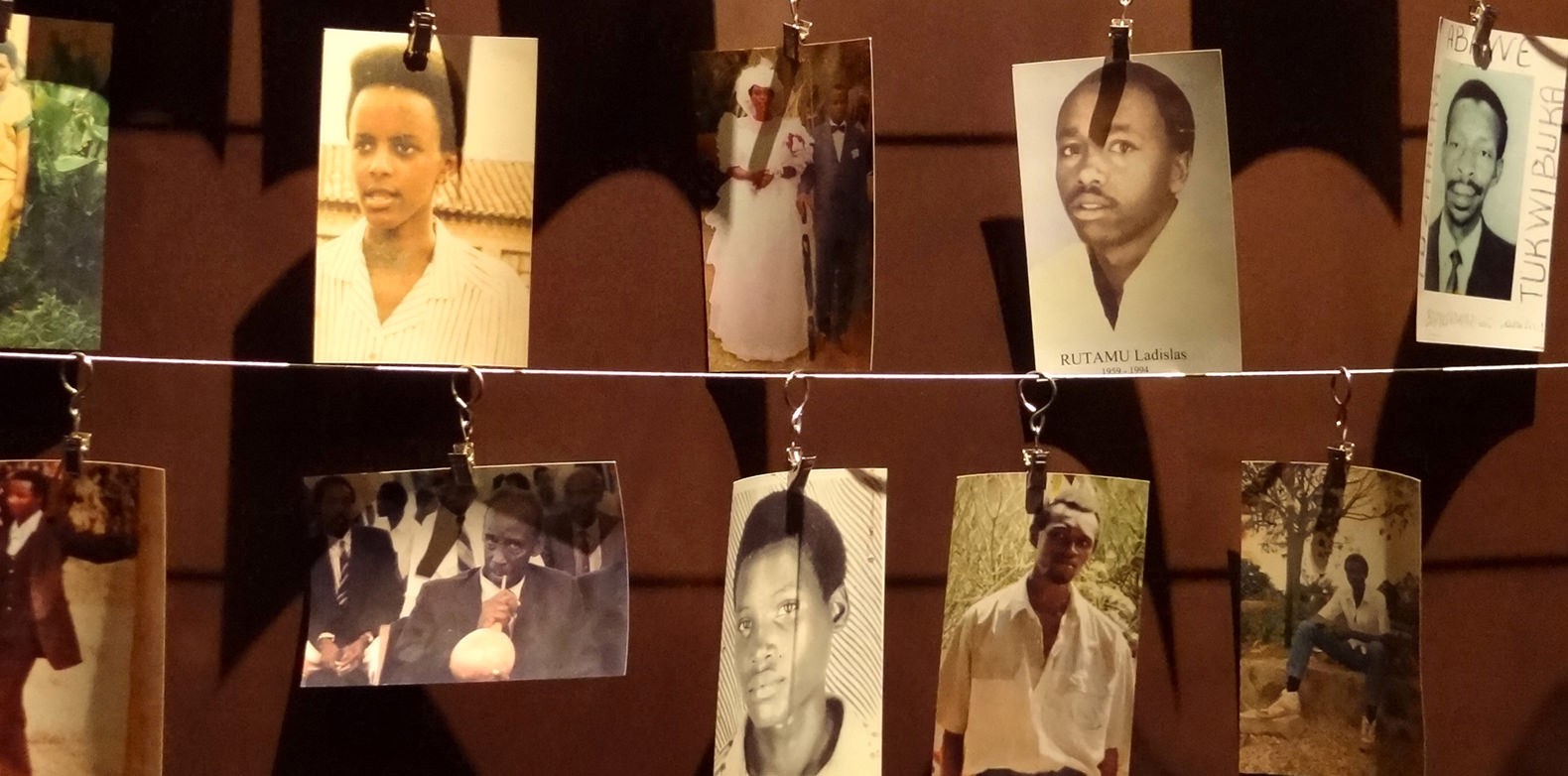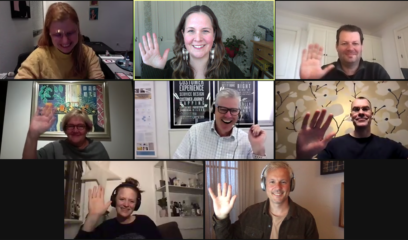Have you ever visited a Holocaust museum or genocide memorial? What did you experience? And how did you feel after you left? UX for Good is seeking to convert the raw human emotion evoked by genocide memorials into meaningful action that will prevent future atrocities.
In June, they’ll be sending a team of 12 user experience (UX) designers to Rwanda for three days to conduct interviews with survivors of the 1994 genocide, trauma counselors, government officials, and personnel from the Kigali Genocide Memorial. Then they’ll travel to London for three days to develop concepts and present their findings and recommendations to the Aegis Trust.
I’ll cut to the chase: They need your help. Please consider contributing to the UX for Good Kickstarter project. Want to know more about what you’d be supporting? I interviewed Jason Ulaszek, UX for Good’s co-founder, about the organization’s past projects and its 2014 mission.
KB: Tell me about some of UX for Good’s past work.
JU: Our first event in Chicago in 2011 helped the social services organization Streetwise identify mobile payment system needs for homeless newspaper vendors. In 2012 our work in New Orleans with the GRAMMYs, the Jazz and Heritage Foundation, and the Clinton Global Initiative helped produce a digital tip jar for the city’s musicians, many of whom make less than $18,000 a year. Last year’s challenge with the Dalai Lama Center focused on developing empathy and mindfulness in children, and we developed a working prototype of an online toolkit for teachers at WebVisions’s 2013 Hackathon for Social Good.
KB: Why did you choose the Rwandan genocide as the focus for 2014?
JU: Each year’s challenge has been more audacious than the last. This year is no exception. We established our partnership with Aegis Trust based on prior work the Insight Labs had done with the US Holocaust Museum to examine the future of museums and memorials. And when we learned about the challenges that Aegis is facing with activating the raw emotion and feelings coming from people’s experience with the Kigali Genocide Memorial, we knew it was a challenge that we had to address.
KB: What is it about UX designers that enables them to tackle a problem as big as genocide?
JU: UX designers have tackled activation and conversion challenges for more than a decade — just think about the impact they’ve had in the ecommerce, mobile, or even grassroots community organizations and campaigns. As designers, we seek to understand the human condition, the underlying intent for those experiencing or using the product/service we’re creating, and then we align our design decisions to support it. Some of the best UX designers are systems thinkers — strategically designing holistic experiences that are driven from caring about the entire ecosystem of an experience, as well as the depth of any individual point within it. That range and depth as a designer is what we’ll use to examine this year’s challenge.
KB: What kind of outcomes do you expect from this year’s project?
JU: The best way to describe the outcome for what we’ll deliver to Aegis is a set of insights, concepts, and a plan of action to make things real. The designers traveling to Kigali and London will work through a discovery process to research and understand and the problem. Then they will collaborate on solutions, generating and defining solution concepts. My hypothesis is that the design team will find insights to optimize existing activation initiatives by Aegis and identify a larger set of experiences that may need to exist to elevate understanding and awareness of the warning signs that lead to genocide. Again, that’s a hypothesis, because we can’t settle on preconceived solutions without gaining greater insight through our research in Rwanda. We’re also going to open the continuing development of our solutions to even more people through a Web-based, hackathon-style event in August.
KB: Even with great volunteers, none of this will happen without funding. I pledged my support to UX for Good’s Kickstarter project. Please join me so that they can start the journey to preventing genocide.




